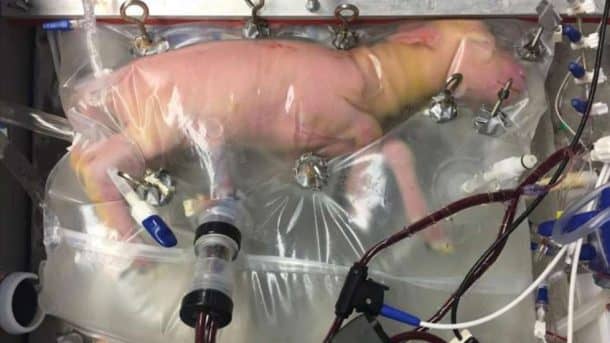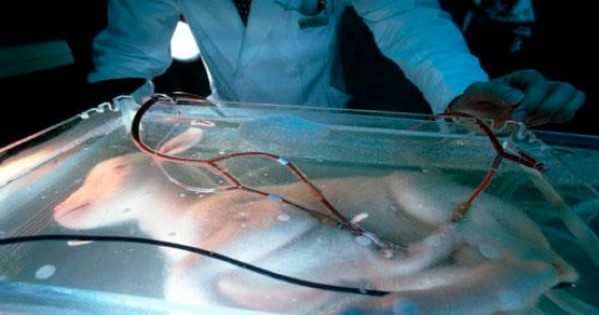According to the World Health Organization, 15 million babies are born prematurely every year. The infants born prematurely have lower survival rates and an increased risk of lifelong conditions. The researchers at the Children’s Hospital of Philadelphia (CHOP) created an artificial womb to recreate the conditions required for the growth and development of the organs. The artificial womb was tested on premature lambs that spent up to 4 weeks in the device, and their organs were fully developed. The research was published in the journal Nature Communications.

The standard pregnancy period in humans is about 40 weeks, and all babies born before the period of 37 weeks are considered premature. The shorter the pregnancy period, the more the chances of complications. If the baby is born within 22 to 24 weeks, the likelihood of survival is thin. If such babies manage to survive, they are prone to lifelong disabilities like cerebral palsy, learning difficulties, and even organ problems.
The leader of the study, Alan Flake said, “These infants have an urgent need for a bridge between the mother’s womb and the outside world. If we can develop an extra-uterine system to support growth and organ maturation for only a few weeks, we can dramatically improve outcomes for extremely premature babies.”

The researchers designed the artificial womb to carry infants born between the period of 23 to 28 weeks, which is a highly premature stage but it has still crossed a safety threshold for the worst consequences. The environment of the womb is maintained at a constant temperature, pressure, and light protecting the baby from infections. Amniotic fluid flows in and out of the bag, and a low resistance external oxygenator performs the role of the mother’s placenta to which the umbilical cord carries the deoxygenated blood. The vital signs and blood flow are monitored with electronic equipment.
The co-author of the study Marcus Davey explained, “Fetal lungs are designed to function in fluid, and we simulate that environment here, allowing the lungs and other organs to develop while supplying nutrients and growth factors.”
Premature lambs are physiologically equivalent to human infants of 23 to 24 weeks, so the researchers chose to test the artificial womb on eight such lambs. These lambs were kept in the womb for 28 days, which later showed all the signs of healthy growth, brain function, organ maturity, and breathing. These lambs opened their eyes and grew wool like the other normal ones.
“This system is potentially far superior to what hospitals can currently do for a 23-week-old baby born at the cusp of viability,” says Flake. “This could establish a new standard of care for this subset of extremely premature infants.”
Even though the results were very satisfactory, the researchers say it will be at least a decade more before these can be widely used in hospitals. Human trials are needed to refine the device further and shrink the size as the human infants are much smaller than lambs.
The team explains the artificial womb in the video below:


